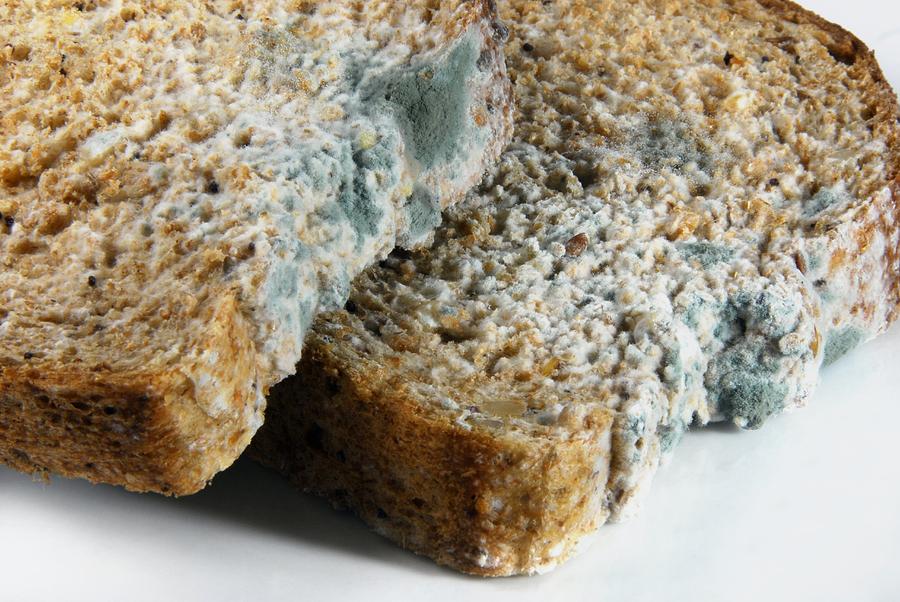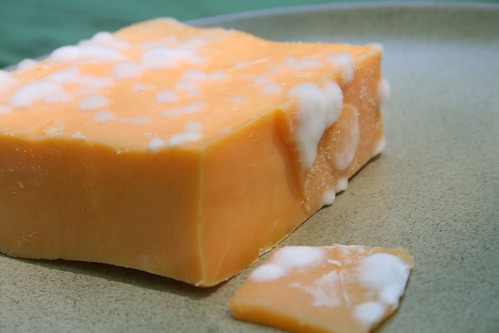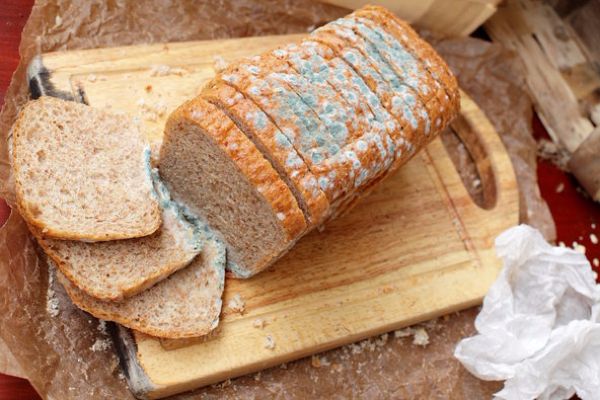We've all been there: the kids are hungry, so you go to make a sandwich - only to discover that the bread has bits of blue mould growing on it.
Our first instinct is to chuck the bread in the bin, but instead we choose to simply cut off the mouldy bits, and proceed to make some sandwiches.
However, while we have all done this at some stage (guilty), apparently it is not the best thing to do - in terms of health risks.
Apparently, the level of risk really depends on the type of food that the mould is growing on. According to Dr Ailsa Hocking, of CSIRO Agriculture and Food, if there is mould growing on hard cheese (think cheddar), then it's probably safe to simply cut it off and proceed to eat it.

If it is bread though, you're probably better off throwing it away, says Dr Hocking.
It's not just the nasty taste of the bread that you're risking if you eat mouldy bread - the problem is deeper. Actively growing mould can actually release dangerous toxins into food, and it might not always be as obvious as you would think - with the spread of mould typically being rather discrete.
How can you tell if your food is safe to eat? Well, according to Dr. Hocking, there are two factors that should guide your decision whether or not the bread is safe: the moisture content of the food, and how dense it is.
The low moisture content and dense structure of hard cheese mean that mould will typically survive only on the surface, rather than spreading invisibly into the cheese.
With most other foods, including bread, the mould on the surface is usually a sign of a deeper growth of mould - so it should probably go in the bin.

If a food like yoghurt has mould growing on it, it likely contains harmful bacteria which could cause diarrhoea and vomiting.
"If you can see a mould growing, there can be other microbes such as bacteria and yeast in the food as well. It's really not worth making yourself sick," explains the doctor.
It is low-acid foods that pose the greatest risk, such as dairy products (yoghurt, cottage cheese, dips) – so always be wary.
At the end of the day, it is not worth it - ditch the mould, mums.







